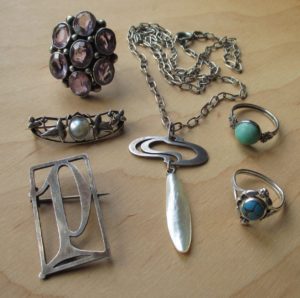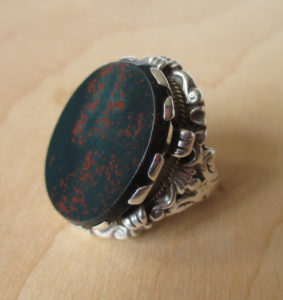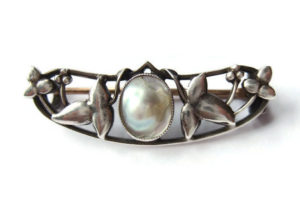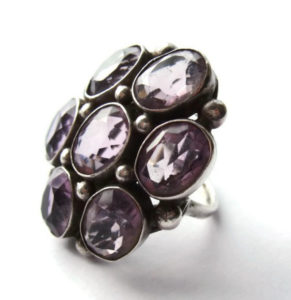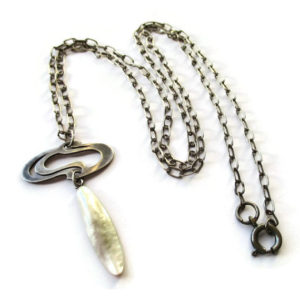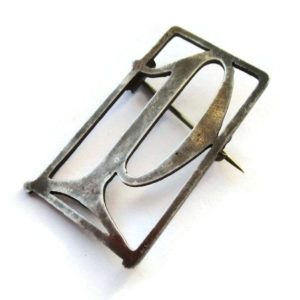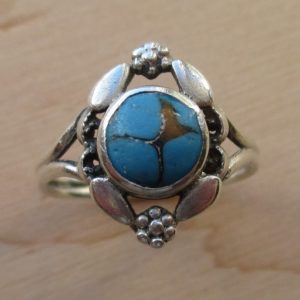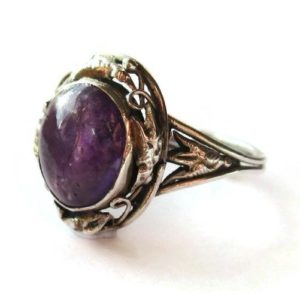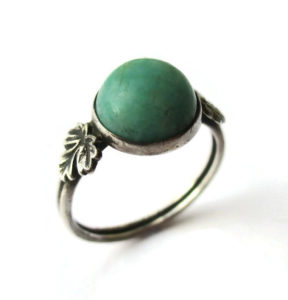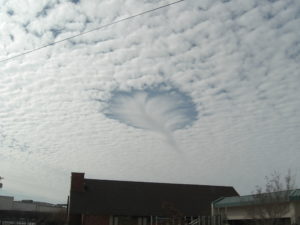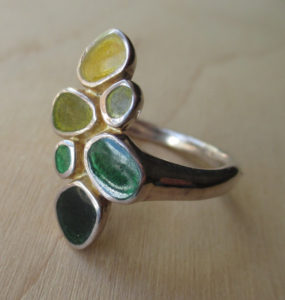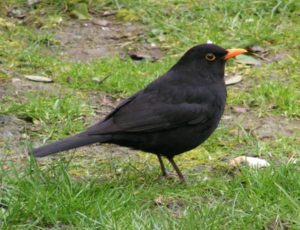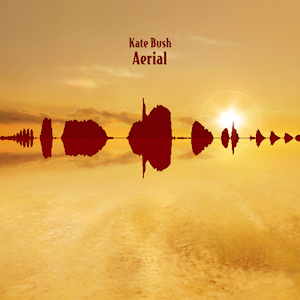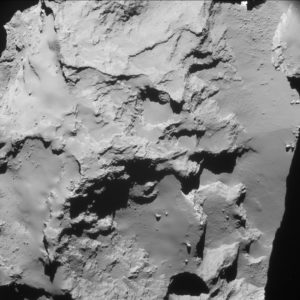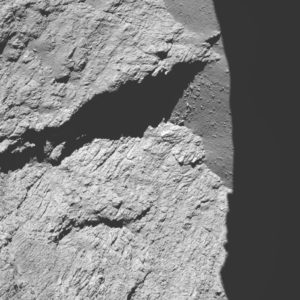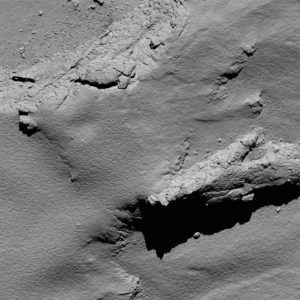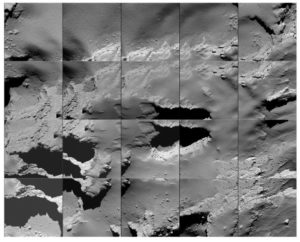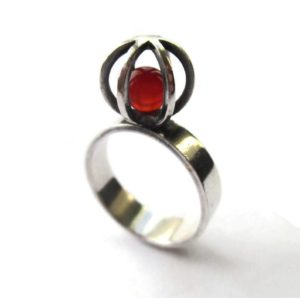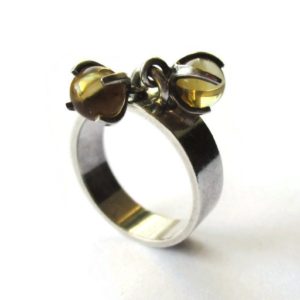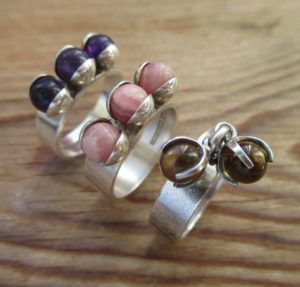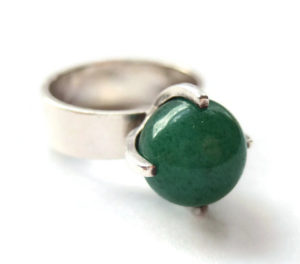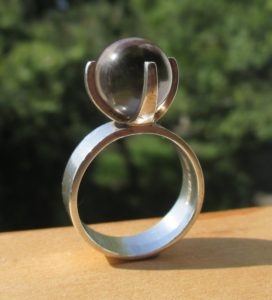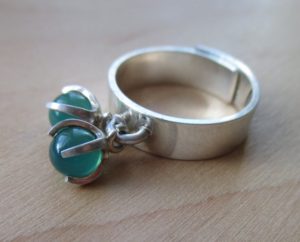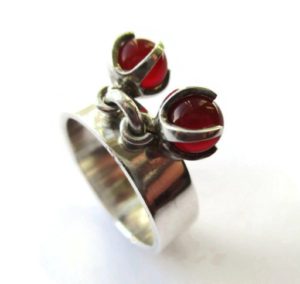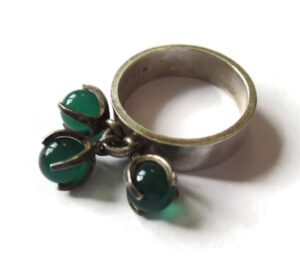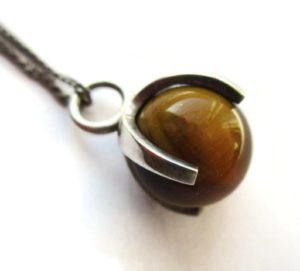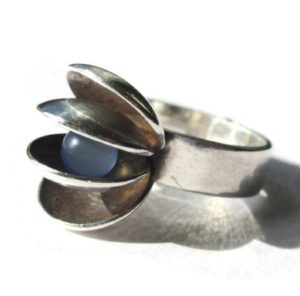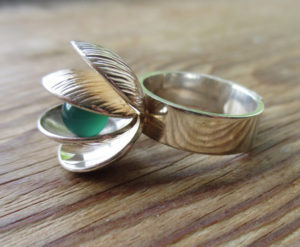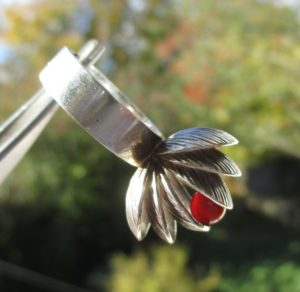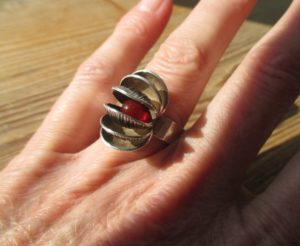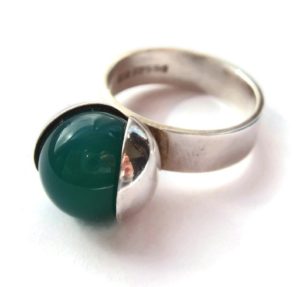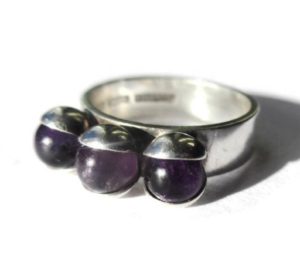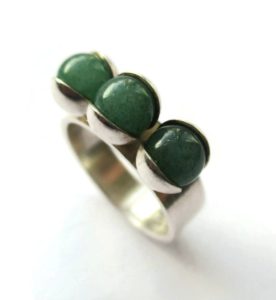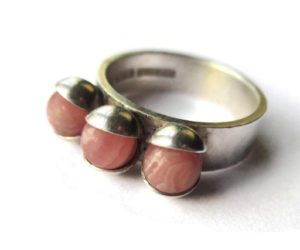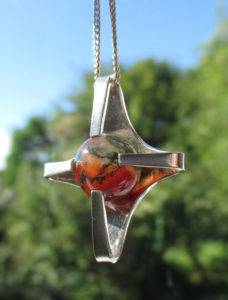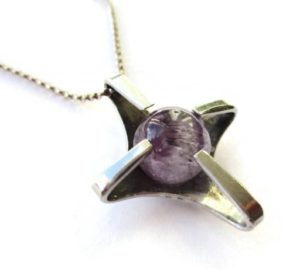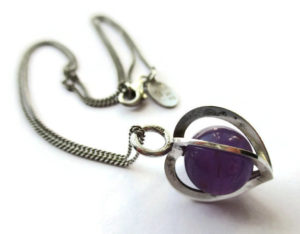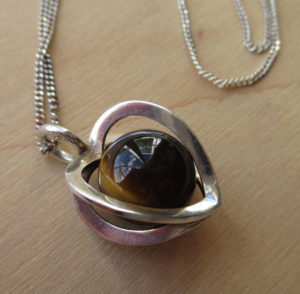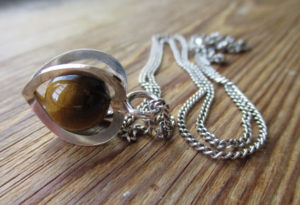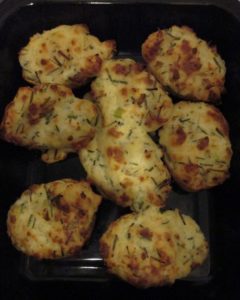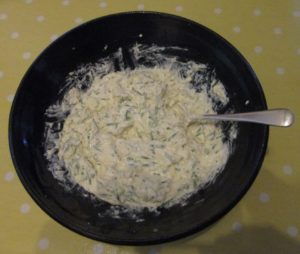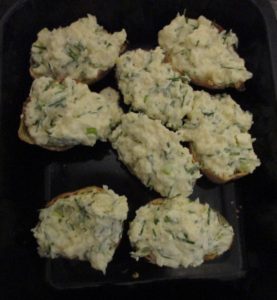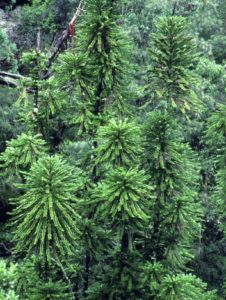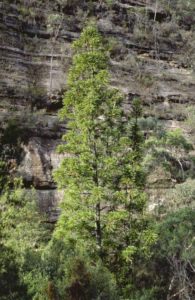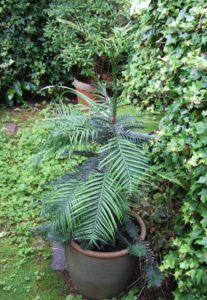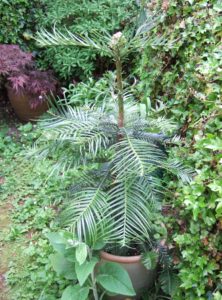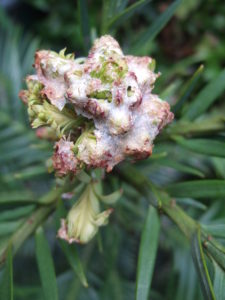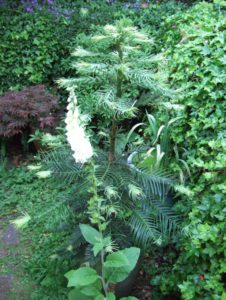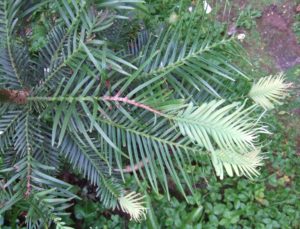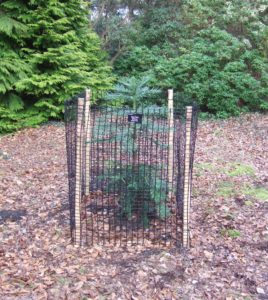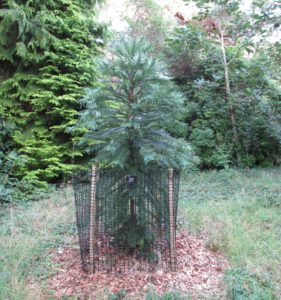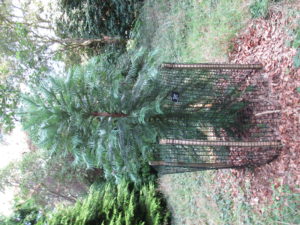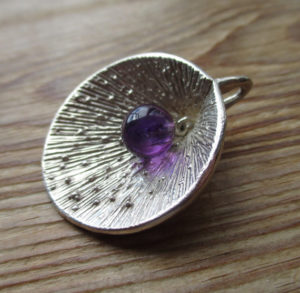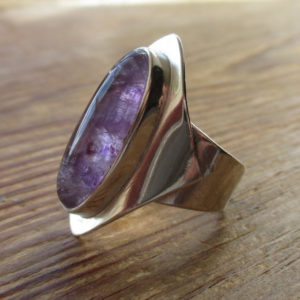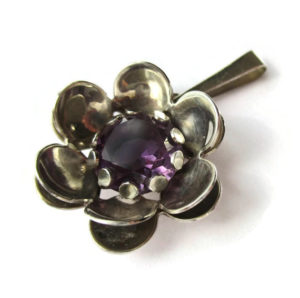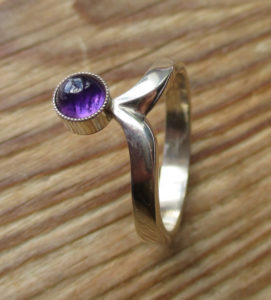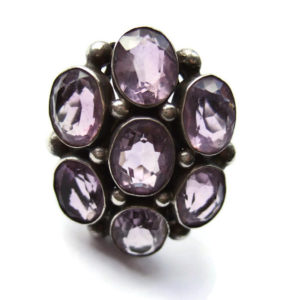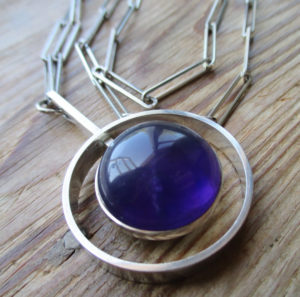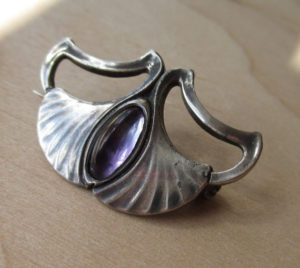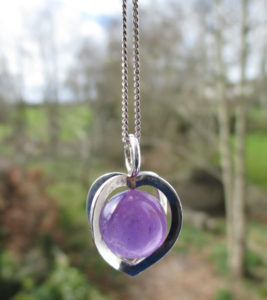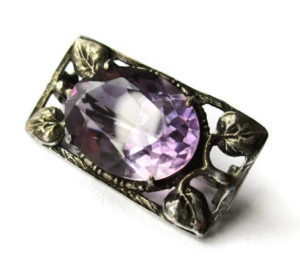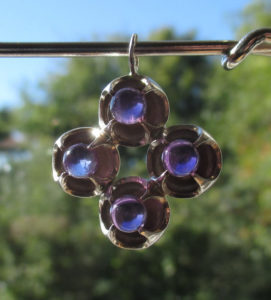One of the first things we will do when / if we make another garden is put a wildlife pond in. Until we had our pond, we hadn’t realised how much it brings to a garden: not only do you get movement and light with the reflection of the skies (and cloudscapes), but it brings in a whole host of wildlife. Hedgehogs drink from it, birds bathe in it, frogs and newts breed in it, dragonflies and damselflies flit over it, lay their eggs and leave them to grow into the most Geiger-esque larvae (also called a nymph, though anything less nymph-like it’s hard to imagine). We used to spend hours pond watching.
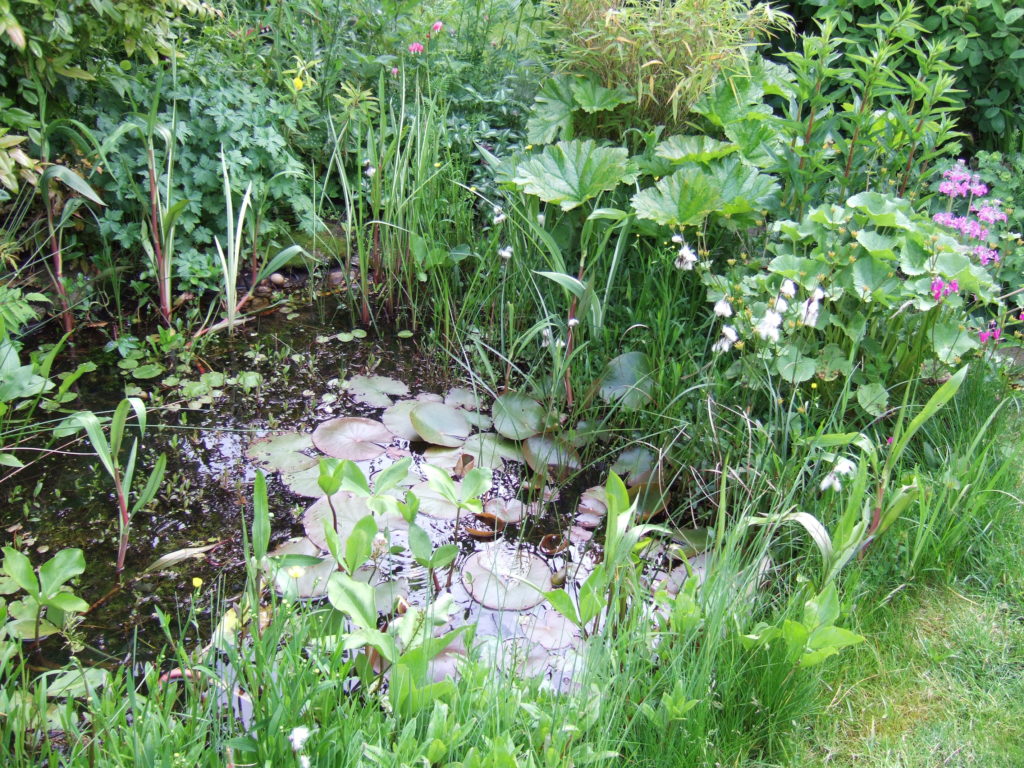
Our pond ten years ago, 1 June 2006.
Gradually, over the years, the pond silted up. We weren’t the best at maintaining it, and an umbrella plant (Darmera peltata) I had put in the bog area to serve as a mini-gunnera gradually took over, shading the water. For the last three or four years we have had frogspawn but never tadpoles: something wasn’t working right in the pond. This summer it sprung a leak deep down and most of the water drained out.
Over the weekend at the beginning of the month we decided to take action. On the Saturday we undertook the VERY smelly job of emptying the last of the sludge out of the pond. We chucked it on to the surrounding flowerbeds to act as an organic mulch (and already as I write, the geraniums are forcing their way up through it). That we disturbed just one frog (Rana temporaria) and one immature common newt (Lissotriton vulgaris) was a sign of how poor a habitat it had become.
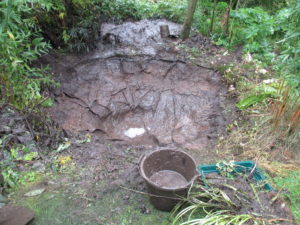
I’m glad this blog doesn’t have smell-o-vision. The silt was very, very stinky.
Then we covered the old liner with some very thick dust sheets in case something had come through the old one to make it leak, and put a new liner over it. The pond took several hours to fill.
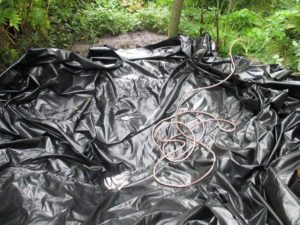
Partially full, several hours later …
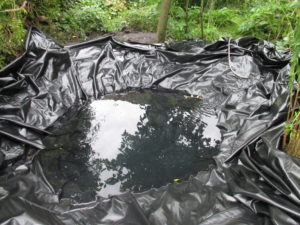
As the pond was filling we were buzzed by a dragonfly – a female southern hawker (Aeshna cyanea). I don’t know how it detected the water, but it was straight on the case!
On the Sunday we edged part of the pond with stones and made a pebble beach, added three bags of pond soil, and replanted / threw in the few pond plants we’d salvaged from the previous incarnation, such as water forget-me-nots (Myosotis scorpioides) and Lesser spearwort (Ranunculus flammula), plus the ever-present duckweed.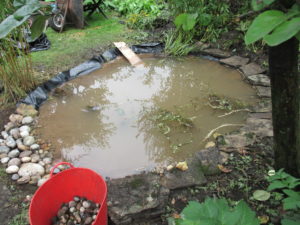
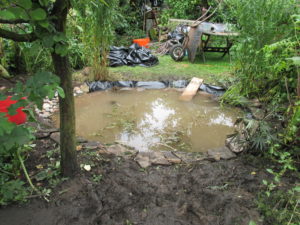
Sludgey silt in the foreground. Plank to aid any beasties that might fall in.
Then we left it for a week, as work intervened. During that time the soil settled and the water cleared, frogs found the pond, and we saw our first greater water boatman (Notonectidae or Pleidae) and our first whirligig beetle (Gyrinidae), plus southern hawkers laying eggs on the few plants. Sadly the mosquitoes have also found the pond … Yesterday I bought some more plants, and as autumn is coming, the pond is complete for now.
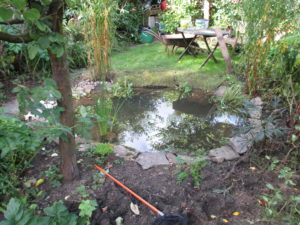
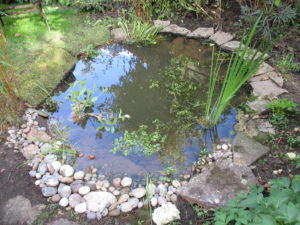
Turves laid to cover the liner and create another easy access area for critters.
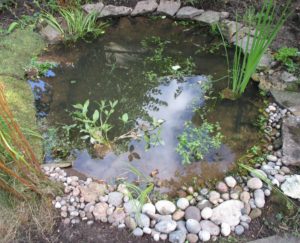
New plants added: brooklime (Veronica beccabunga), bogbean (Menyanthes trifoliata) and Iris louisiana ‘Her Highness’. I try to stick to British natives but couldn’t resist the iris.
It’s getting towards the end of the growing season so nothing will really happen until next spring – hopefully then we’ll have frogspawn that actually turns into tadpoles!
Update Sunday 18 September; We had a day out at the Harold Hillier Gardens and Arboretum near Romsey in Hampshire, and on the way back stopped at a specialist aquatic garden centre. Couldn’t resist the frogbit (Hydrocharis morsus-ranae), a yellow water lily (Nuphar lutea), and a water hawthorn / water hyacinth (Aponogeton distachyos: okay, I know this last one’s not a British native, but it’s so pretty …). The garden centre sold great ramshorn snails (Planorbarius corneus) at five for £2.50, but I was too mean to fork that out for them. So I was happy to see there were some snail eggs on one of the leaves of the Nuphar lutea plant we bought …
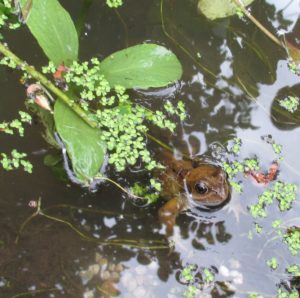
Mr Frog happily ensconced in the rejuvenated pond.
